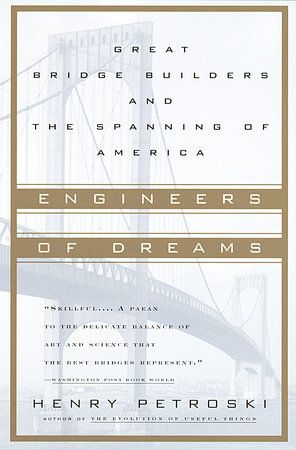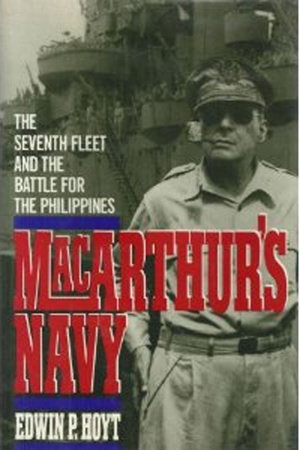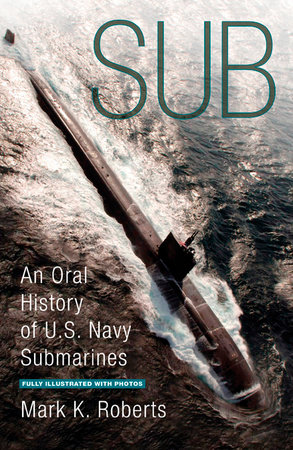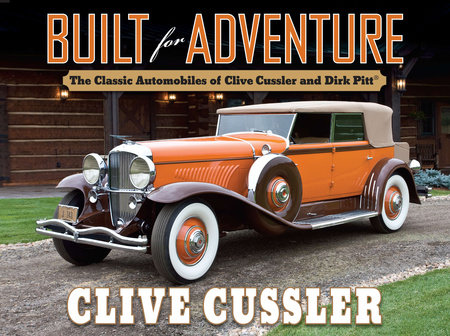

The Nation's Hangar
By F. Robert van der Linden
Photographs by Dane Penland
By F. Robert van der Linden
Photographs by Dane Penland
By F. Robert van der Linden
Photographs by Dane Penland
By F. Robert van der Linden
Photographs by Dane Penland
Category: Science & Technology | Reference | Travel
Category: Science & Technology | Reference | Travel

-
$29.95
Nov 01, 2011 | ISBN 9781588343161
-
Nov 06, 2012 | ISBN 9781588344533
YOU MAY ALSO LIKE

Birdmen, Batmen, and Skyflyers

Engineers of Dreams

Riddle of the Compass

Storm Kings

Too Far From Home

Macarthur’s Navy

Sub
Praise
LIBRARY JOURNAL, Starred Review
The Nation’s Hangar: Aircraft Treasures of the Smithsonian takes the reader on a fascinating journey through 60-odd years of aeronautical history. He reviews the priceless aircraft and artifacts currently housed in the Steven F. Udvar-Hazy Center, a mammoth four-hangar repository, and discusses the center’s accession criteria, principles of preservation, space, display, and funding challenges. Van der Linden’s informative narrative acquaints readers with such period exhibits as international military fighters and bombers, passenger liners, helicopters, seaplanes, recreational and racing craft, utility flyers such as crop dusters, and the world’s fastest jet-powered manned plane—the U.S. SR-71 Blackbird. Equally compelling is his treatment of the talented people who bankrolled, designed, maintained, flew, and finally restored these magnificent birds to their pristine glory. His volume is replete with more than 225 full-color illustrations and 75 black-and-white photographs—a visual feast. VERDICT This splendidly crafted pictorial tribute to a national treasure will appeal to the full spectrum of aviation scholars, collectors, and dedicated buffs. Highly recommended.—John Carver Edwards, Univ. of Georgia Libs., Cleveland
American Heritage
As the National Air and Space Museum’s director boasts in his foreword, the Smithsonian was interested in aeronautical matters even before aviation was invented, having begun collecting Chinese kites in 1876. This descriptive catalogue celebrates the latest addition to Smithsonian’s family of museums, the huge NASM annex known as the Steven F. Udvar-Hazy Center, located 30 miles from the National Mall at Dulles International Airport. The book is instructive, straightforward, laudatory, and colorful in its photographs.
Notably, the chapter on “Restoration and Conservation” purposefully describes the criteria for acquiring, stabilizing, and preserving artifacts. Proper stewardship does not, for example, make all old objects look spanking new. Much of value of museum-quality holdings lies in their antiquity, including the scars of their experience. At best, a museum’s proper goal in handling some objects is simply to stabilize them in perpetuity, while a proper activity is not simply to collect as many examples of this-and-that as it can find. NASM consequently has defined clear criteria—historical, technological, and practical standards—to govern its acquisitions. While here is the Enola Gay, the plane that dropped the first atomic bomb in anger, and there the Concorde, the fastest commercial airliner ever, museums are not properly halls merely of “oh, wow!” They must also be educational, historiographic, and conservative in the word’s original sense.
Discussions of “The Early Years of Flight” and the “The Golden Age of Flight” provide overviews of those eras, with heavy emphasis on the airplanes and other flying machines on display at the Udvar-Hazy Center. Three chapters are devoted to military aircraft and the exploits of U.S. aviators in wartime.
21 Books You’ve Been Meaning to Read
Just for joining you’ll get personalized recommendations on your dashboard daily and features only for members.
Find Out More Join Now Sign In













